Our last leg of our Tasmanian trip took us west and strait into the farming community. The roads were narrower and shared with tractors and other oversized vehicles.

Westbury was our first stop. The Pearn family has collected steam equipment over eighty years. With more than 200 items in the collection it is regarded as one of the best collections in the world.

Westbury is also home to The Big Wickets. These six meter tall wickets were installed in honor of Jack Badcock. Jack was Tasmania’s first test cricket player.
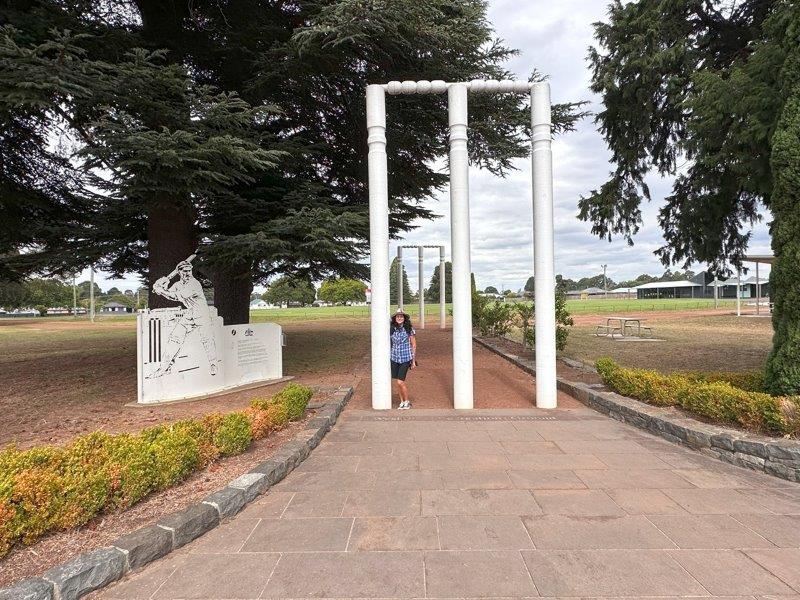
Westbury has one of the best historical trails we have come across, dubbed the Silhouette Trail. The trail takes you to locations associated with the towns most influential people.

The town has many similarities with an old English town with a historical village green lined with old trees and a maize formed by three thousand manicured bushes. All the old historical buildings are numbered and mapped. The map guides you on an easy walk through this historical town.
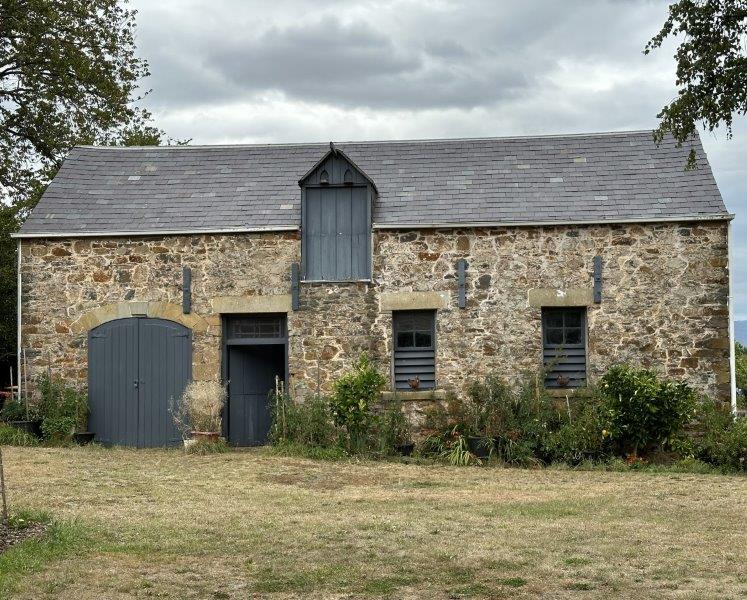
We visited the small town of Deloraine for lunch at a 50s Diner. The diner is known for American vintage memorabilia and their sweet menu options. Unfortunately the diner was closed when we arrived, and we could only peak through the window.
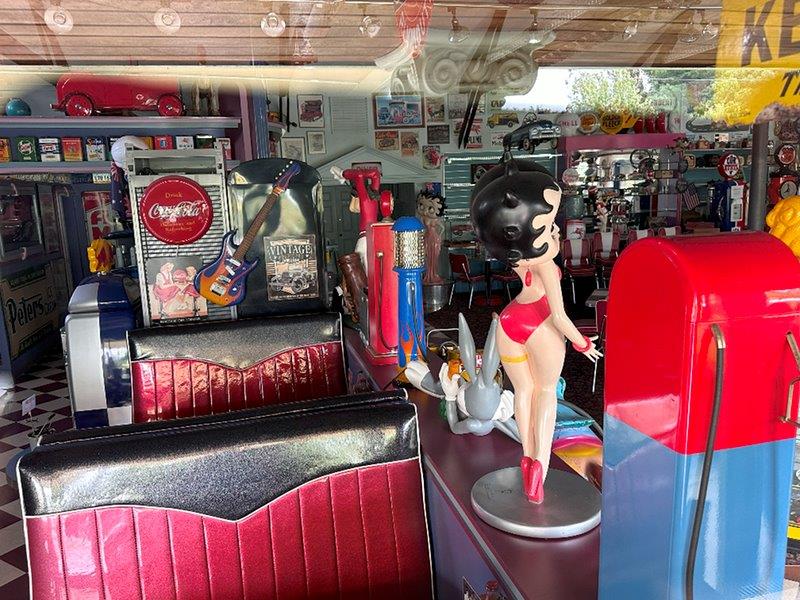
We took a daytrip to Mole Creek and did the Westmorland Falls Walking track.
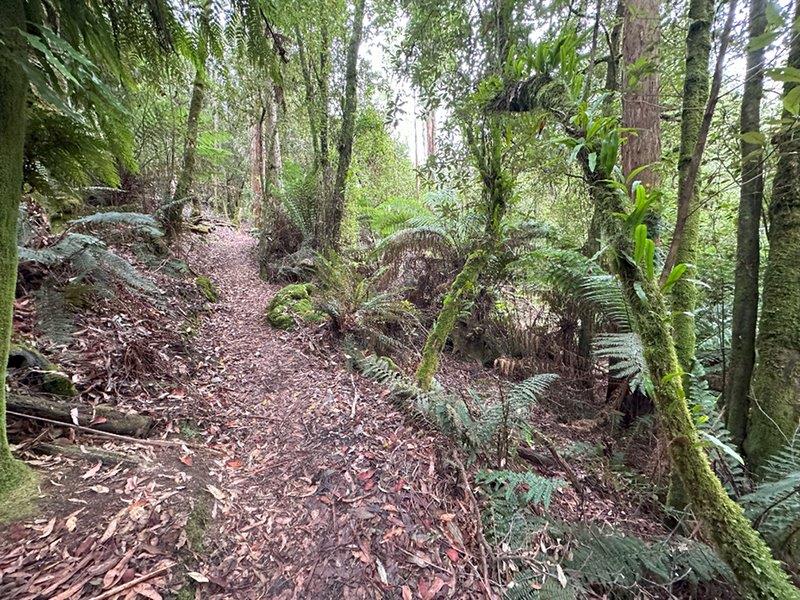
The track of approximate 2km has an 200m elevation, taking you up to Westmorland Falls.
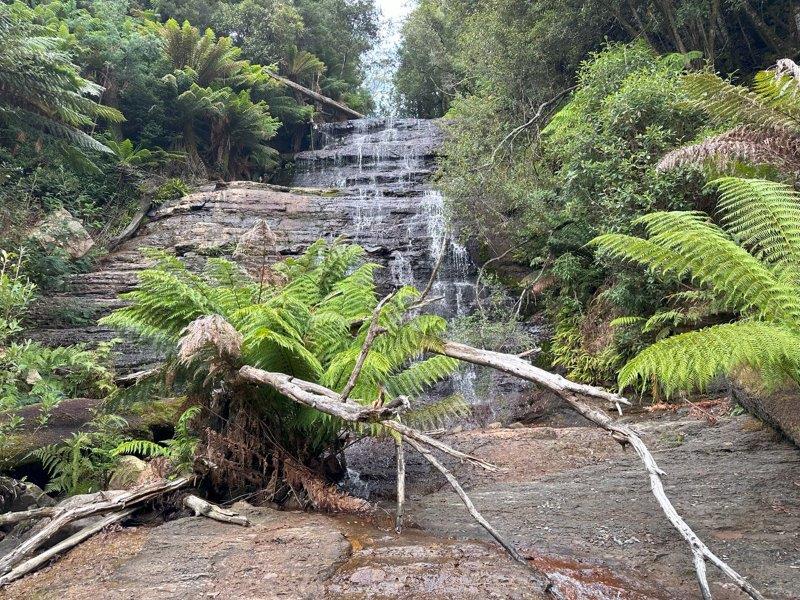
At the bottom of the falls were fossilised shell imprints on the rocks.
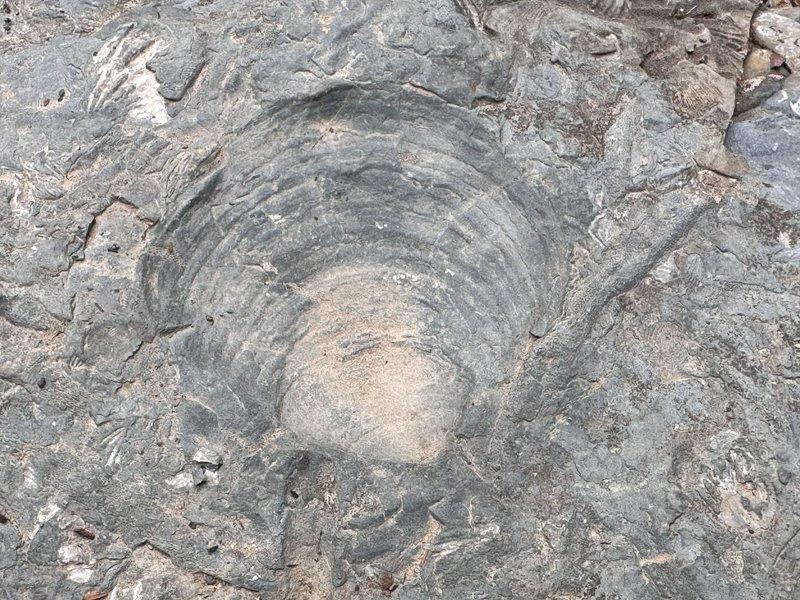
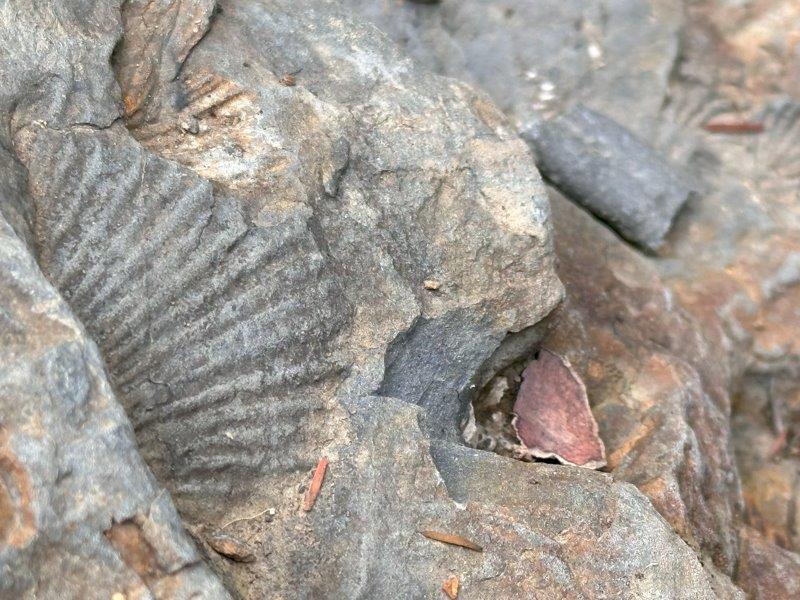
A few kilometers down from the waterfall was Mole Creek Karst. We walked through the cave system before having lunch in the national park.

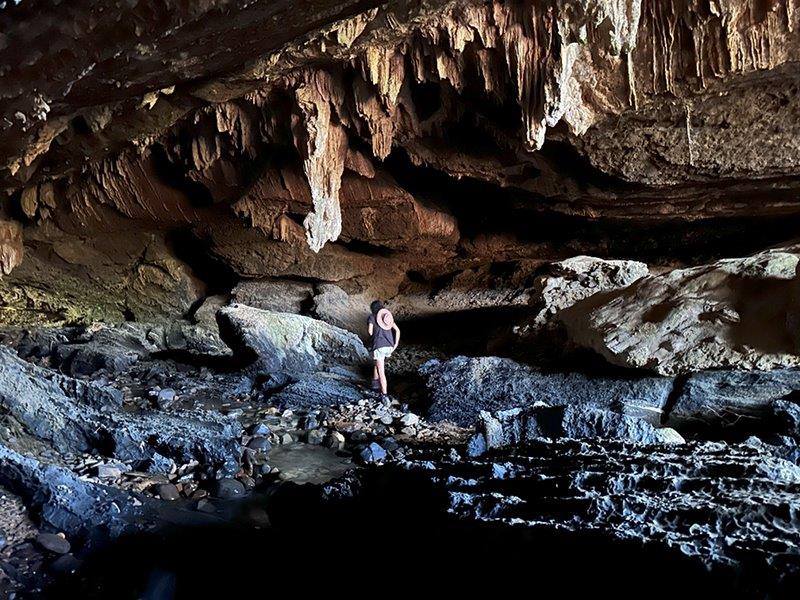
We have seen quite a few new birds species while in Tasmania. We asked the locals about these large birds walking around the picnic area. The locals refer to these birds as “Turbo Chooks”. It is only when they start running that you realizes why they are called Turbo Chooks. They motor 🙂
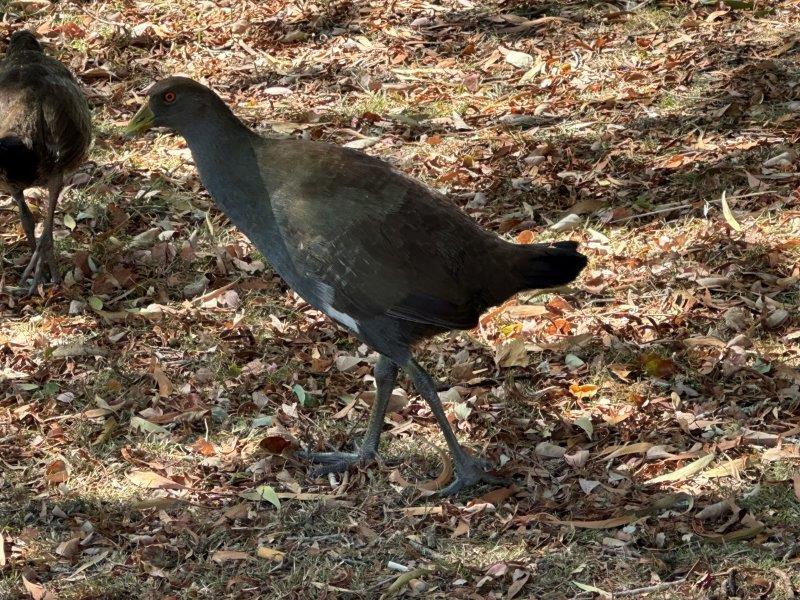
The mountains around Mole Creek area are littered with small slab huts. The Mountain Hut Preservation Society Inc has identified almost 50 huts in the area to be protected and maintained. Liena Hut was rescued and moved to the main road of Mole Creek.
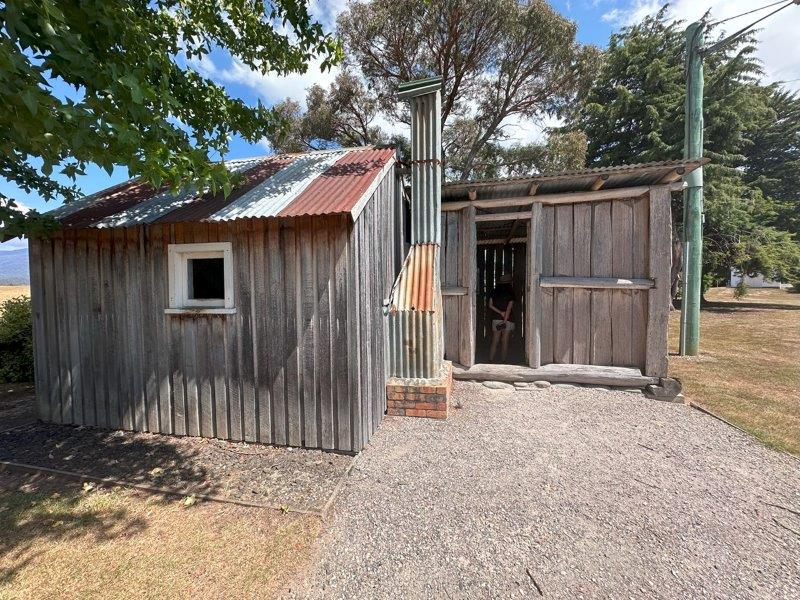
On the top of the local mountain range, was the rugged Devils Gullet. It felt like we were on a different planet.
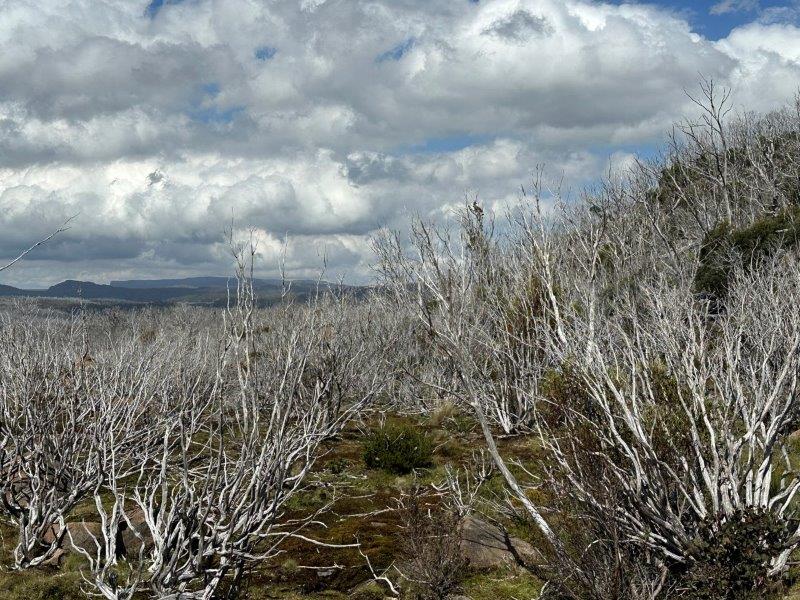
From the carpark we did a short walk to the summit of the mountain. Great views, and even a short skywalk.

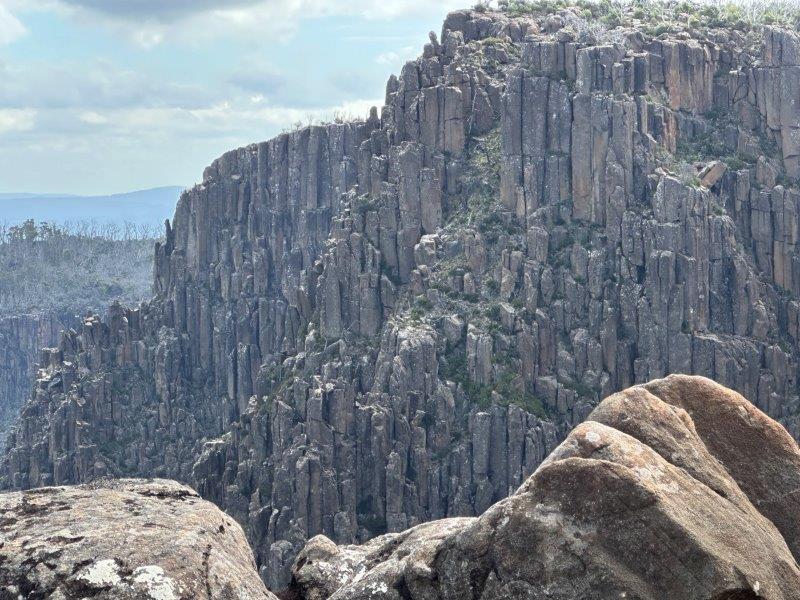
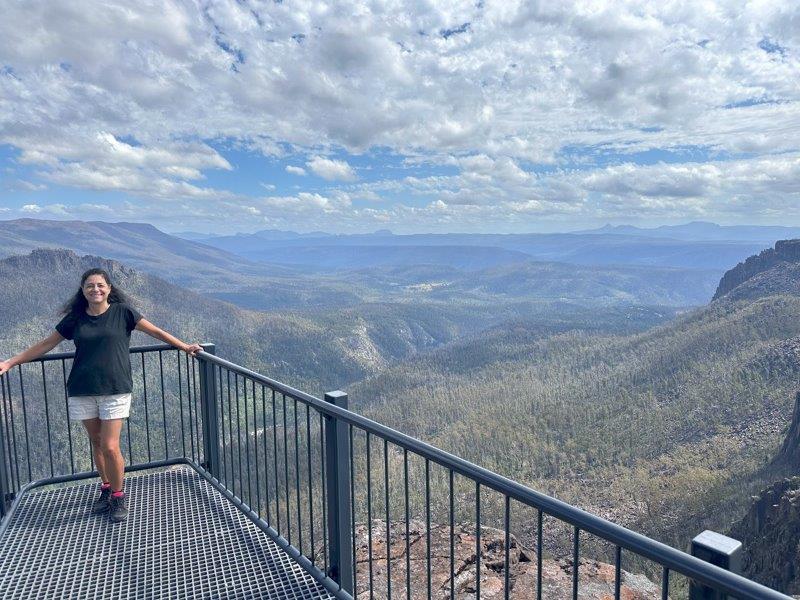
Our next stop was the dairy farming town of Sheffield.
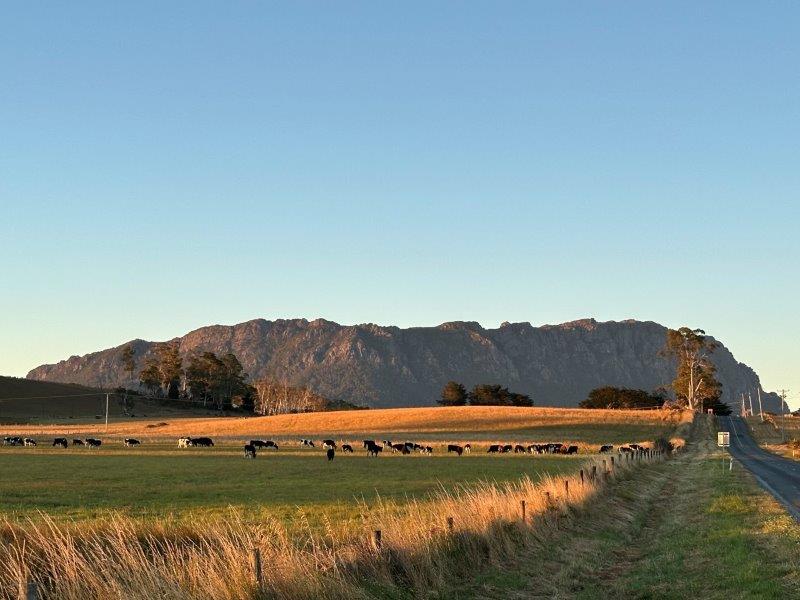
To the south of Sheffield was Mount Roland providing a great vantage point over the south western mountain ranges.
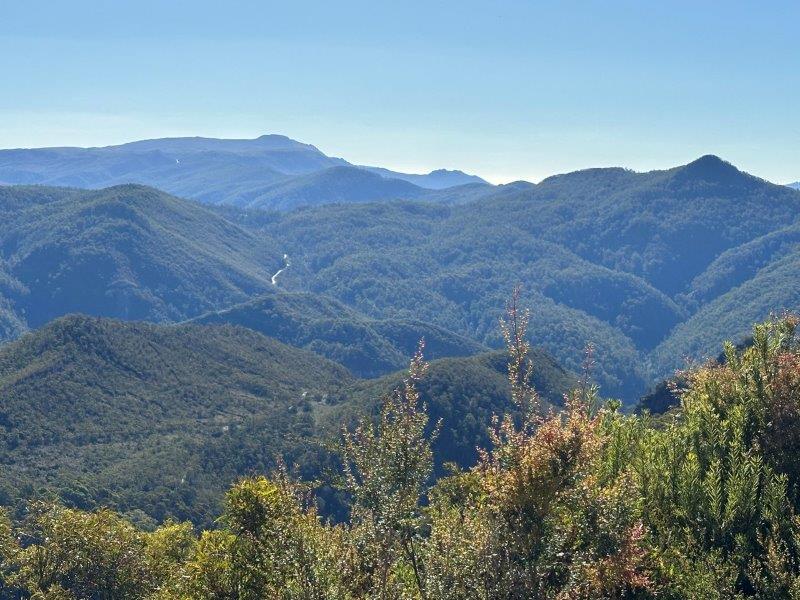
With more than 160 murals in town, Sheffield has created a self guided mural trail. The start and finish of the trail is at the mural park close to the information centre.
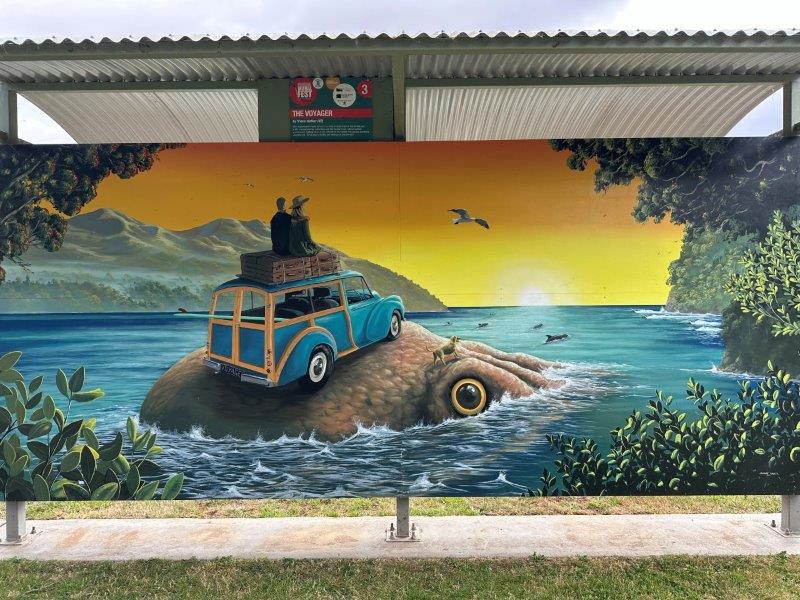
During the annual Mural Fest in November selected artists are invited to paint a mural in the mural garden. These murals remain on display for the next 12 months.
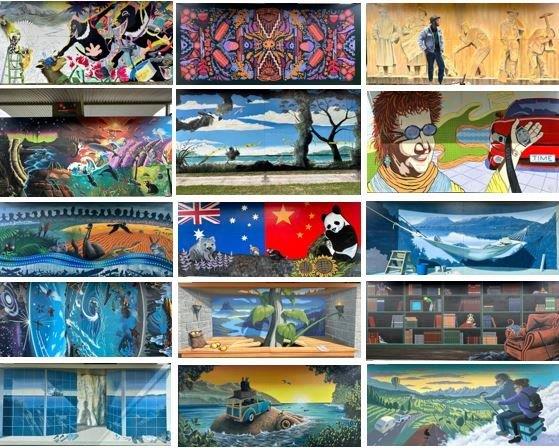
From Sheffield we did a day trip to the iconic Cradle Mountain. This must have been the highlight of our Tasmanian trip. A site needs to meet at least one of ten classification criteria to be listed as a World Heritage Site. Cradle Mountain is in the heart of the Tasmanian Wilderness World Heritage Area. This wilderness meets seven of the ten criteria. Mount Tai in China is the only other site in the world that meets more than six criteria.
The logistics to move tourists through the park work like clockwork. It is designed to minimise environmental impact. From the parking at the information centre, busses transport almost 300 000 visitors annually among the different places of interest in the park.
Dove Lake is considered to be the highlight of the park. We had perfect weather and the views take one’s breath away!
From Dove Lake Viewing Centre you get the first glimpses of the lake.

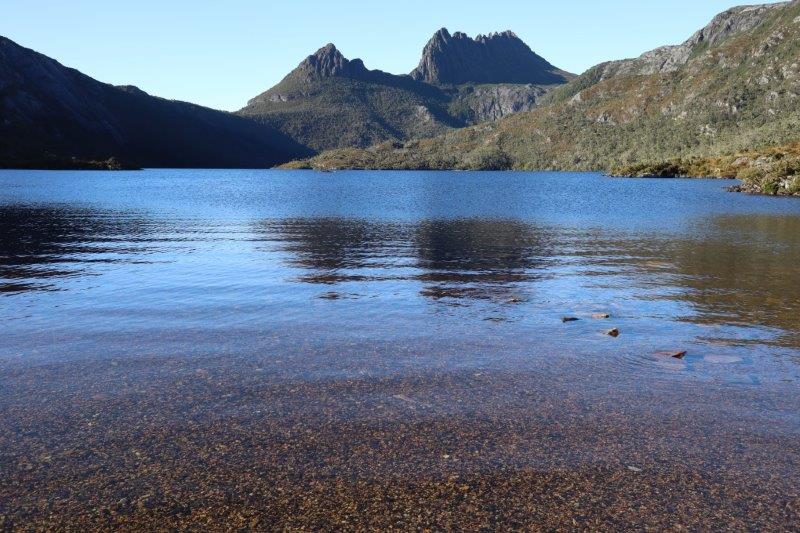
We did the 6km hiking track around the lake, in a clockwise direction. Around every corner was another great view of the lake and the mountain.
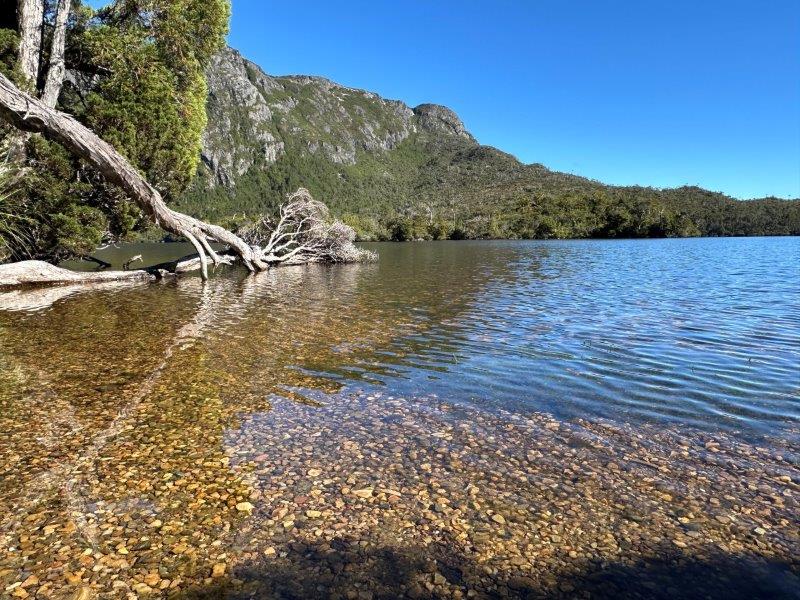

On the way back, we passed through a clump ancient myrtle-beech trees and a moss lined stream. This area is known as the Ballroom.
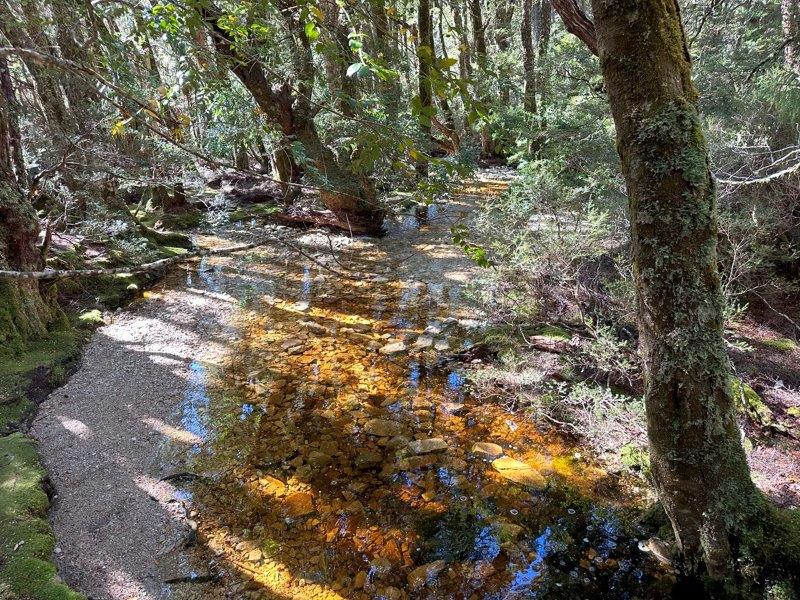
After the Ballroom you get to the iconic Dove Lake Boat Shed. This 1940 shed is arguably one of the most photographed boat sheds in the world.

From the sandy beach at the boathouse, Cradle Mountain provides a perfect backdrop.
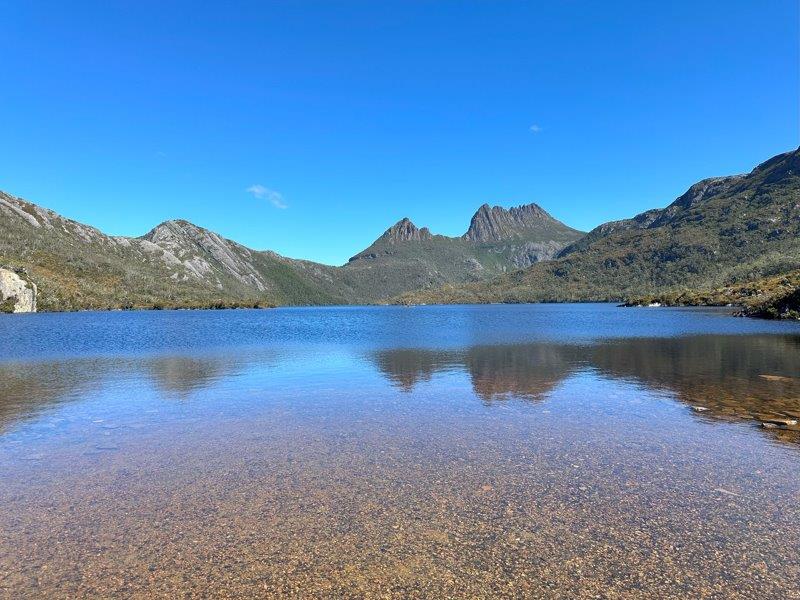
From the boathouse, a quick 15 minute walk takes you back to the Dove Lake Viewing Centre.

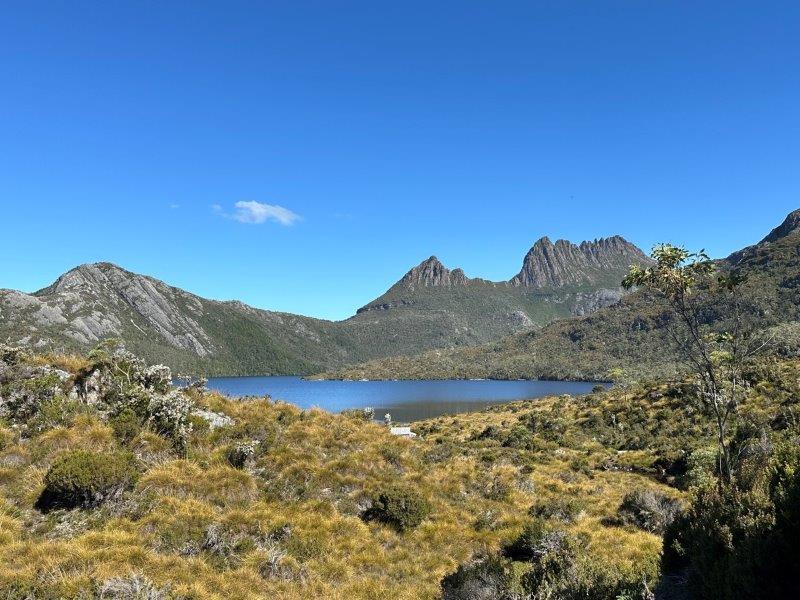
We took a bus from the Dove Lake Viewing Centre to Ronny Creek. We saw our first wombat in the wild next to the boardwalk. They may look like a marmot but they are almost 1m long and weighs up to 35kg.
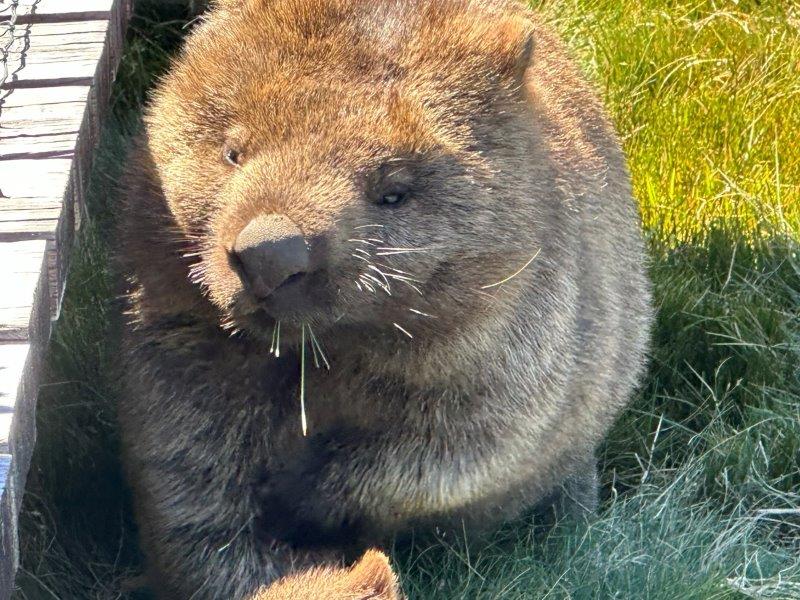
The Tarkine drive is a 205km circular road trip in the north-western corner of Tasmania. We started the day with a 30 minute walk to the Trowutta Arch.
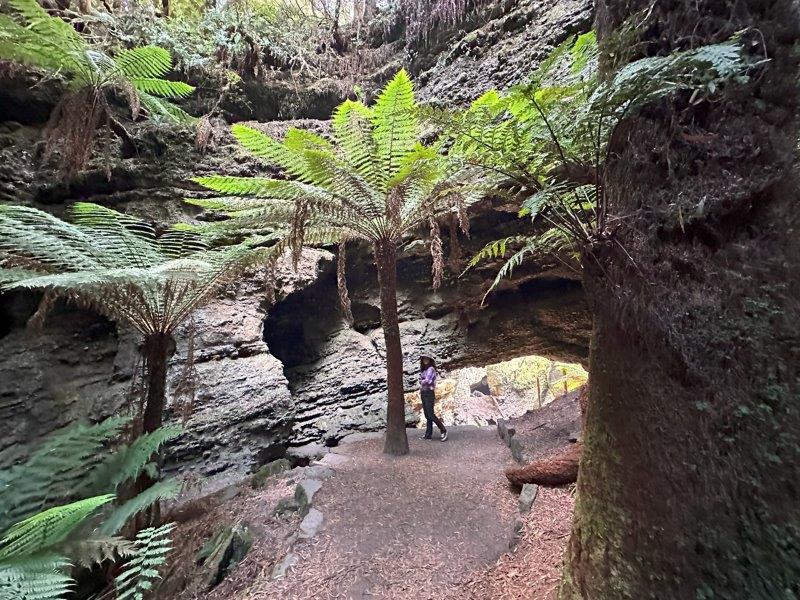
The waking track and entrance of the karst is lined with massive tree ferns.
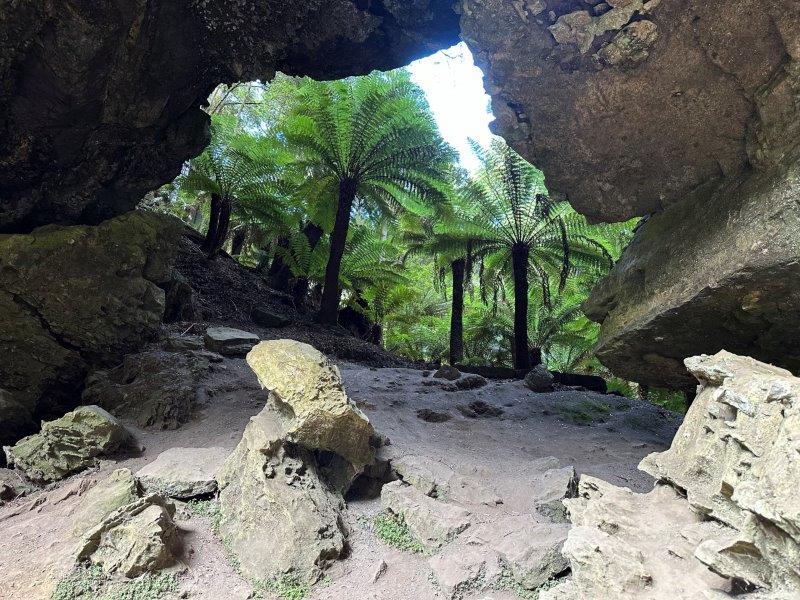
The water inside the karst did not look too inviting.

The Tarkine region is also known for its sinkholes. We stopped at the sinkhole lookout next to the road on the Tarkine drive.
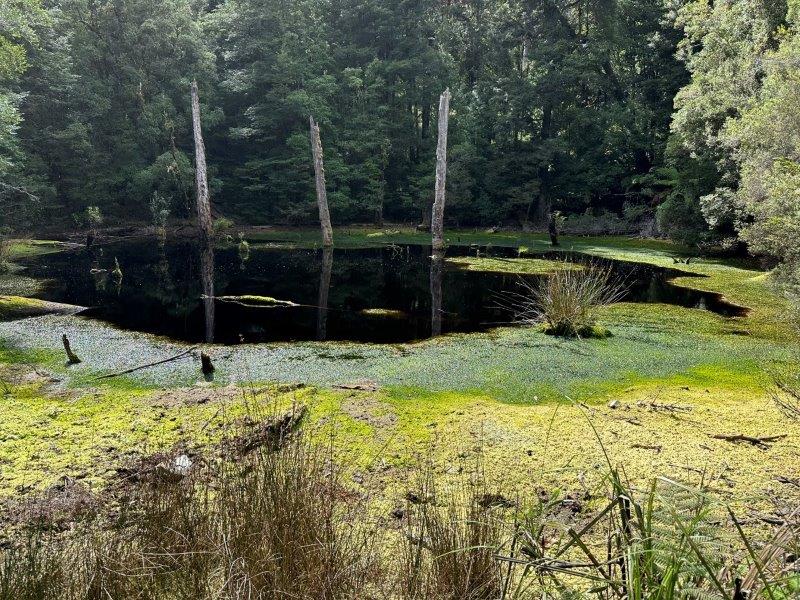
The Sumac lookout provides a great view over the Arthur river.
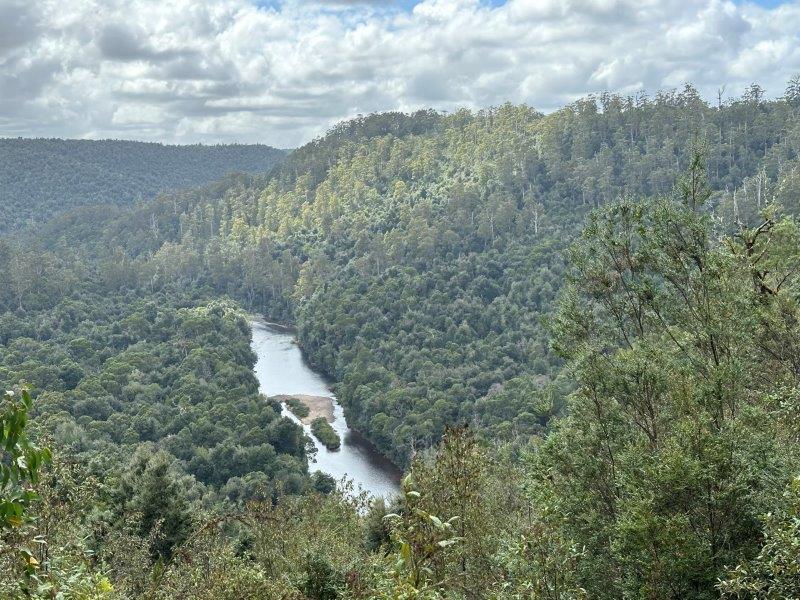
Another great vantage point over Arthur River is from the Kanunnah Bridge. You can hear the rapids in the river below, from the picnic area.
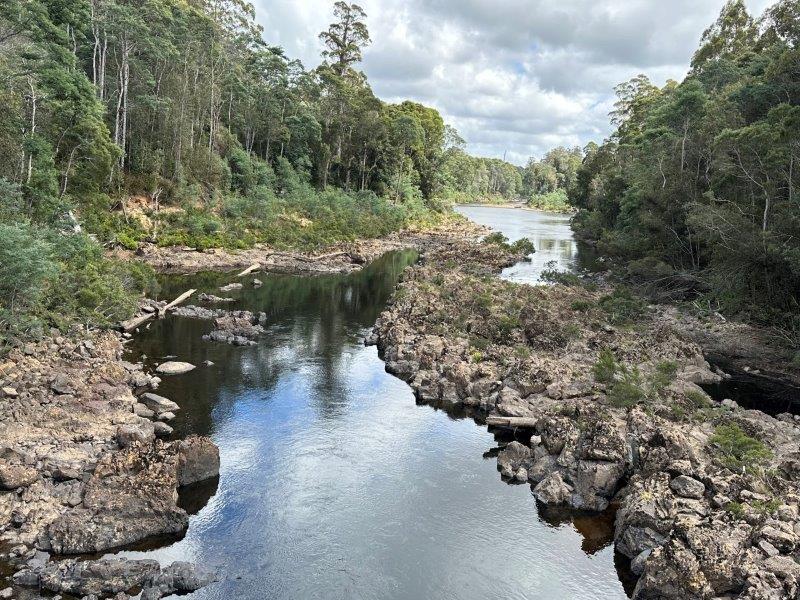
Our last stop on the drive was the Edge of the World. If you travel west from here, Argentina will be your first stop after 15000km. This is the longest uninterrupted ocean in the world.
From the lookout we had great views of the rugged western coastline. This shore is constantly changing as it is battered by the ocean and large tree stumps are washed onto it.
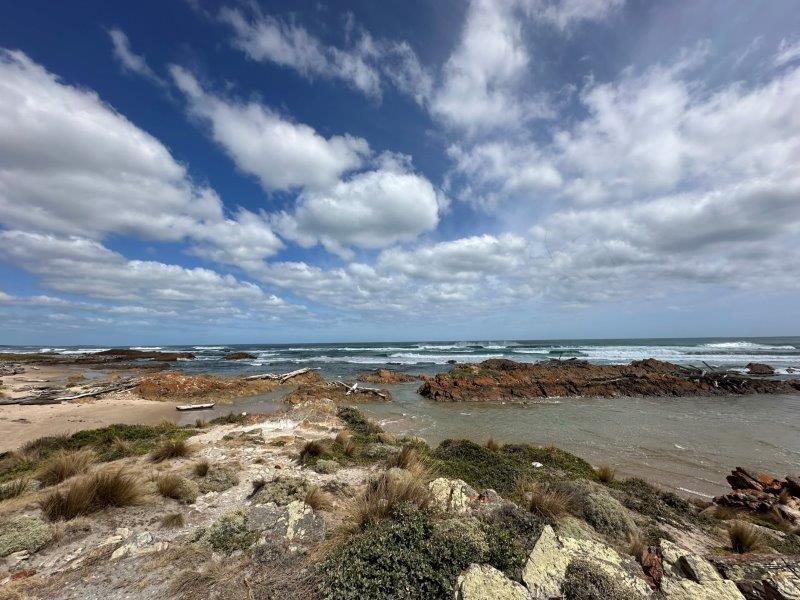
Stanley is a town on the northern coast of Tasmania. This town is known for “The Nut”. This volcanic plug is almost 150m high and borders the coastline. You can either walk The Nut or take a chairlift to the top. The Nut has a summit walk around its edges with great views all around.
One of the best views of The Nut is from the photo frame.
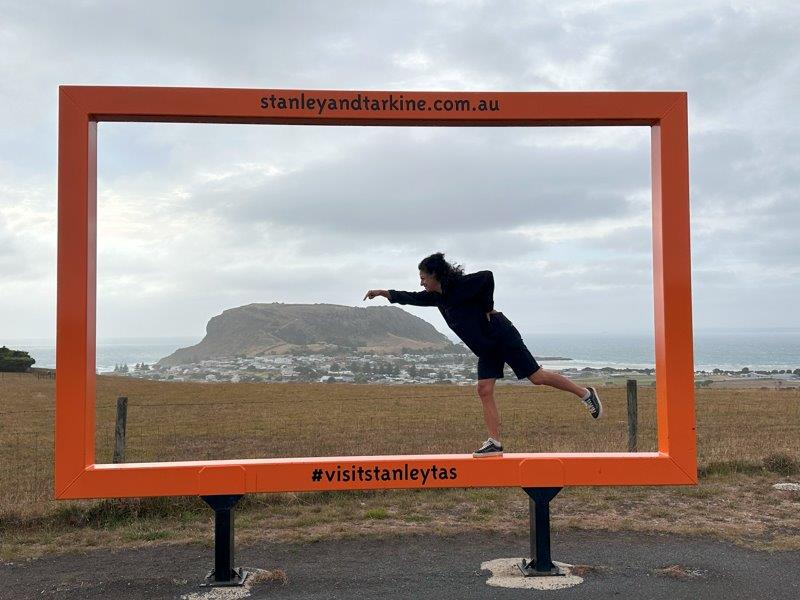
Stanley has many historic buildings and we spent time at the Highfield Historic Site and Convict Barrack Ruins.
These gothic ruins date back to 1834 and were home to 40 – 80 convicts. Convicts from Britain were brought in to help establish the Highfields.
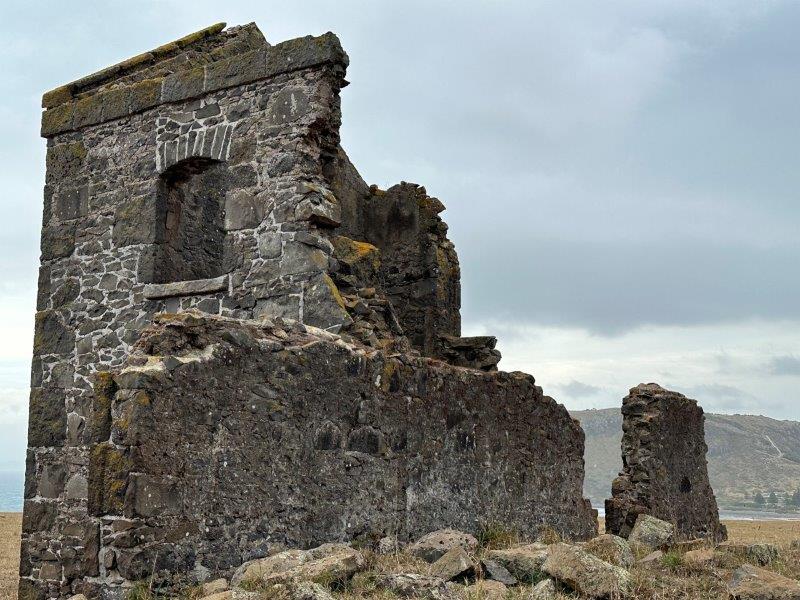
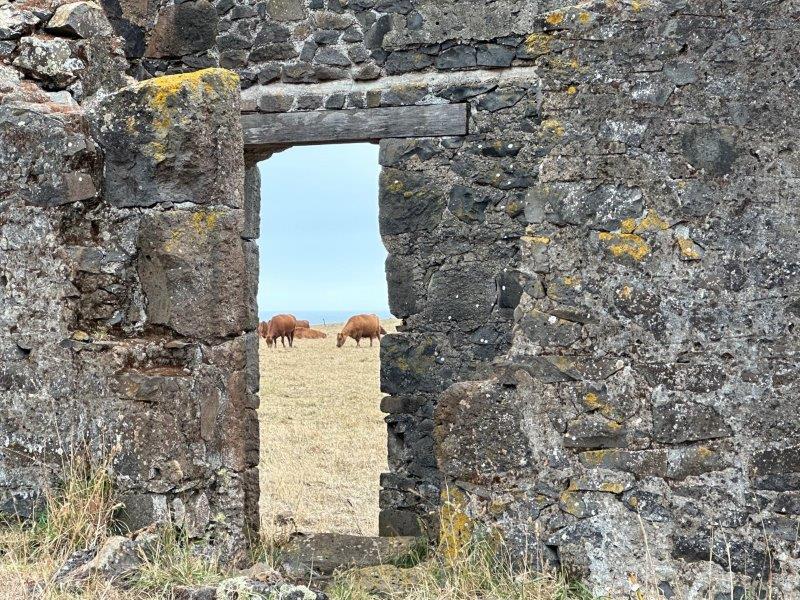
The Highfield house is a testimony of the work done by the convicts. Parts of the estate has been renovated and provides an insight in a gentleman’s home and farm in the 1840’s.
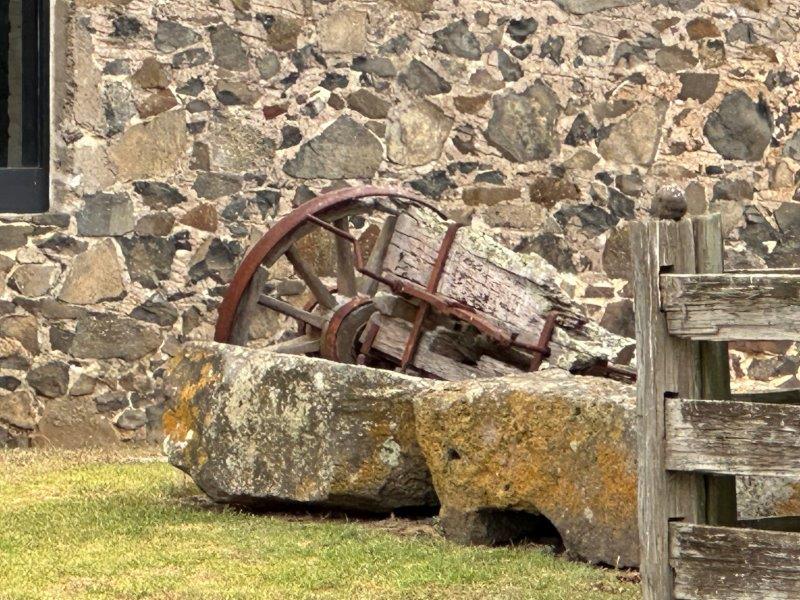
This historic site is open for visitors to immerse themselves in the history of the area and enjoy the meticulously maintained gardens. The home is also available for group events and weddings.
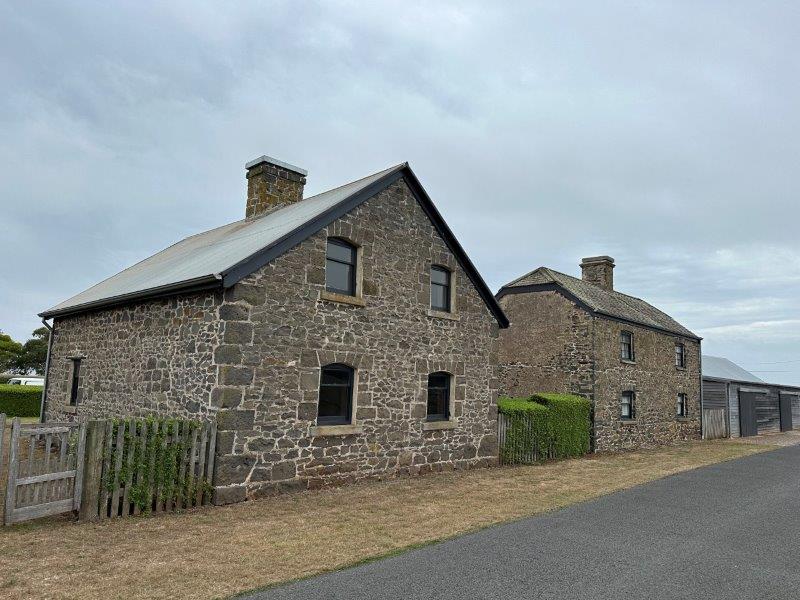
From Stanley we headed south to Tullah and got a great camping spot next to Lake Mackintosh. The tranquility next to this lake was memorable. So were the bees when you step outside. We couldn’t understand where all the bees came from.
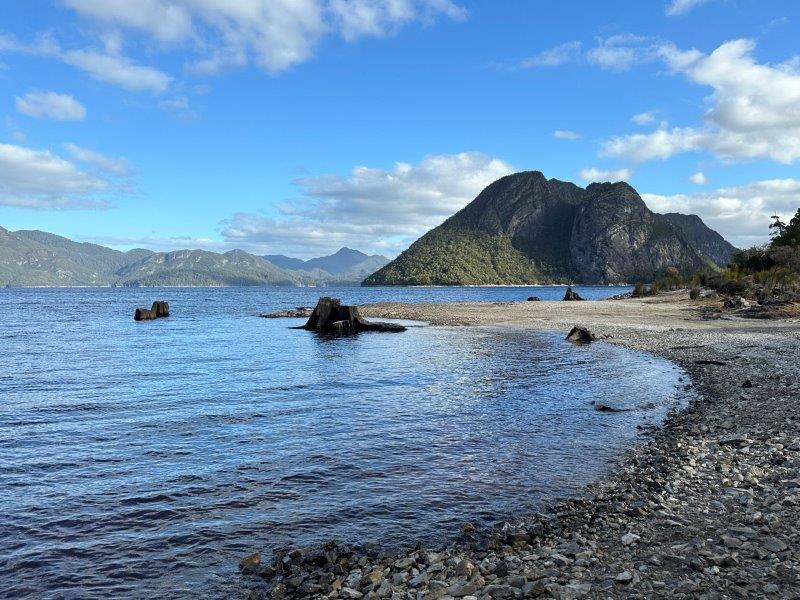
These bee hives approximately 2km from camp, explained the bee frenzy.

From the lake we did a day trip to Strahan. We started the day with an easy 2.4km walk to the Hogarth Falls. Parts of the boardwalk were covered in AstroTurf to avoid slipping and sliding.
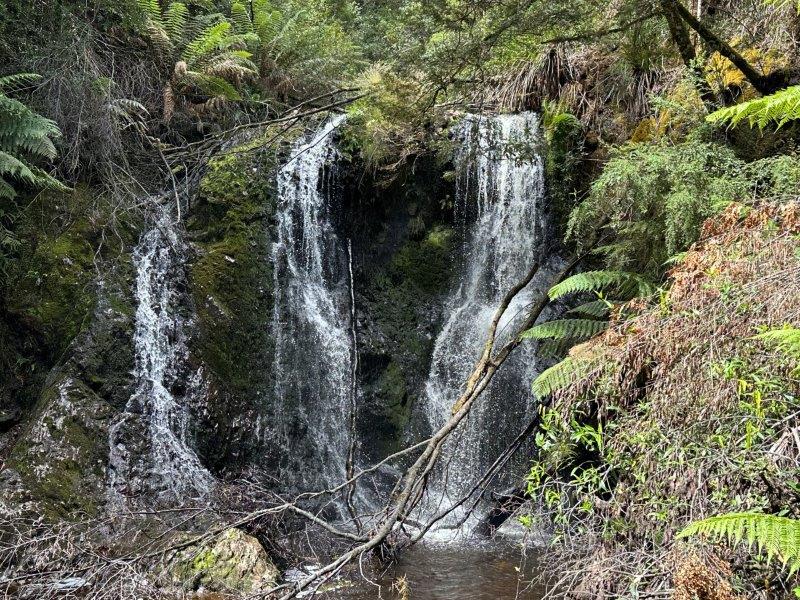
From the waterfall we were off to the West Coast Wilderness Railway station, but we missed the train. This is the last operating rack and pinion railway in Australia. The mountainous track between Strahan and Queenstown required the skills of a Swiss engineer to install a rack and pinion system to manage the steep incline.
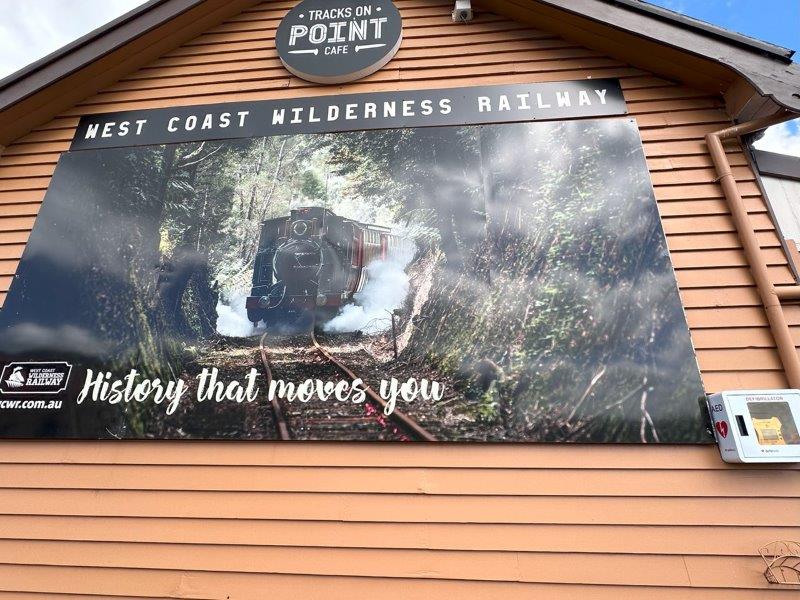
The train carriages were at the station, but no locomotive in sight.

From Strahan we headed west to Queenstown and our first stop was at Spionkop. From Spionkop you have a great view over Queenstown including the infamous gravel football oval. This gravel field has terrified visiting teams for over a century.
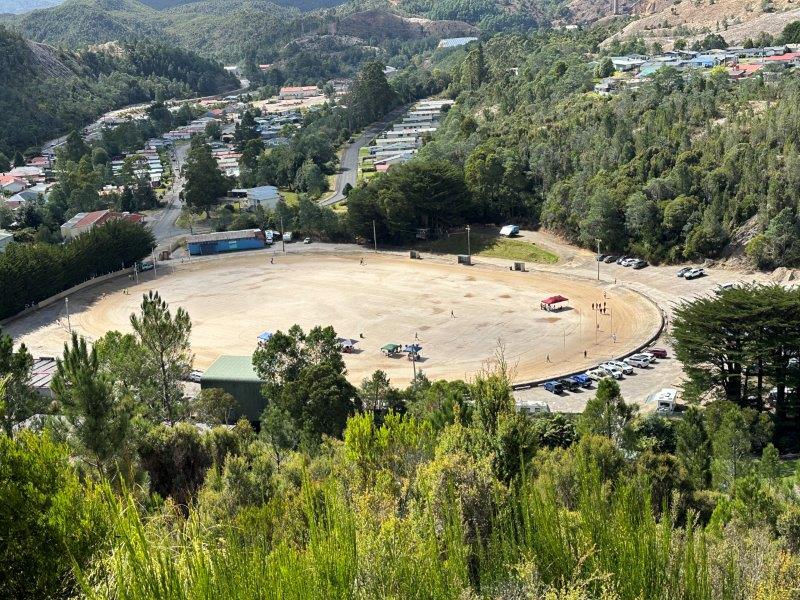
Eight kilometers east from Queenstown is the Iron Blow Lookout, overlooking the remanence of the ghost towns of Gormanston and Linda in the background.
This was our turning point in our north-western trip of Tasmania. From Queenstown we made our way back north.

Back on the north coast we camped at Cooee Point, close to Burnie. Even though this site was amidst an industrial area we had great sunsets.
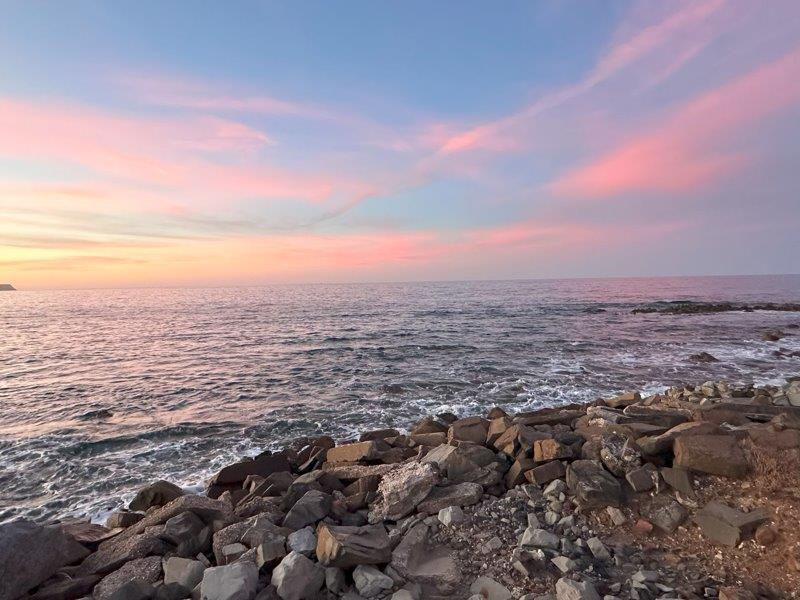
At sunset a local breeding colony fairy penguins became active. We spend a few hours watching the chicks being fed.
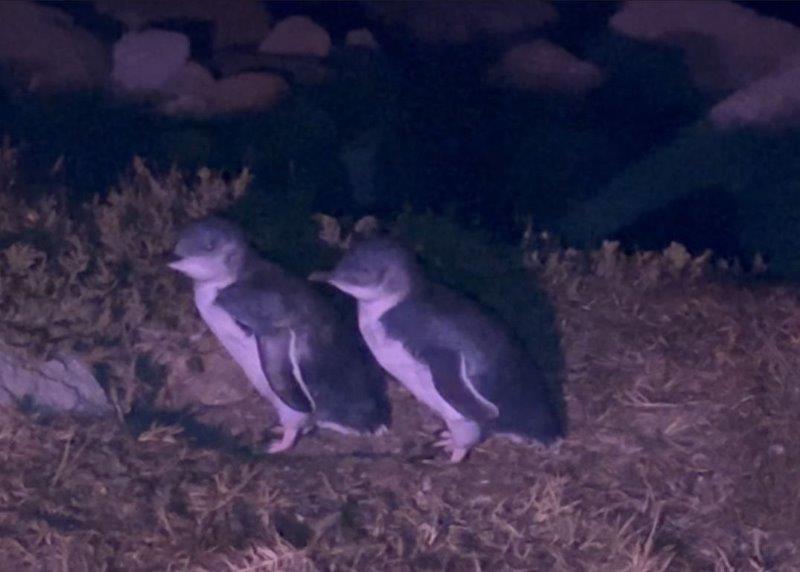
Many families in the town of Burnie have deep rooted connections with “The Pulp”. The Pulp was a paper mill that operated for more than seventy years and provided work for generations of locals.
A paper trail on the foreshore is a testament to the influence of the paper industry on the city.
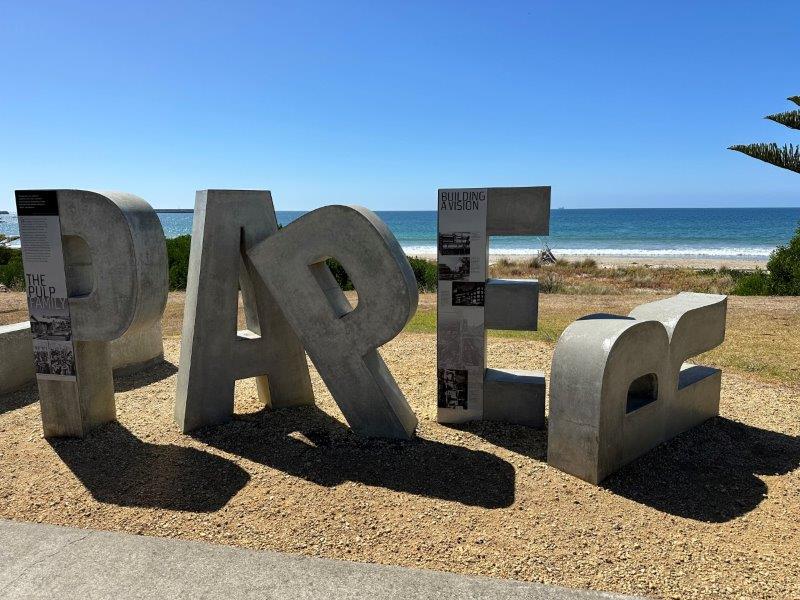
Next up was the town of Penguin. Apart from the town’s name Penguin, everything in the town is penguin themed. Not surprisingly we found the big penguin here.
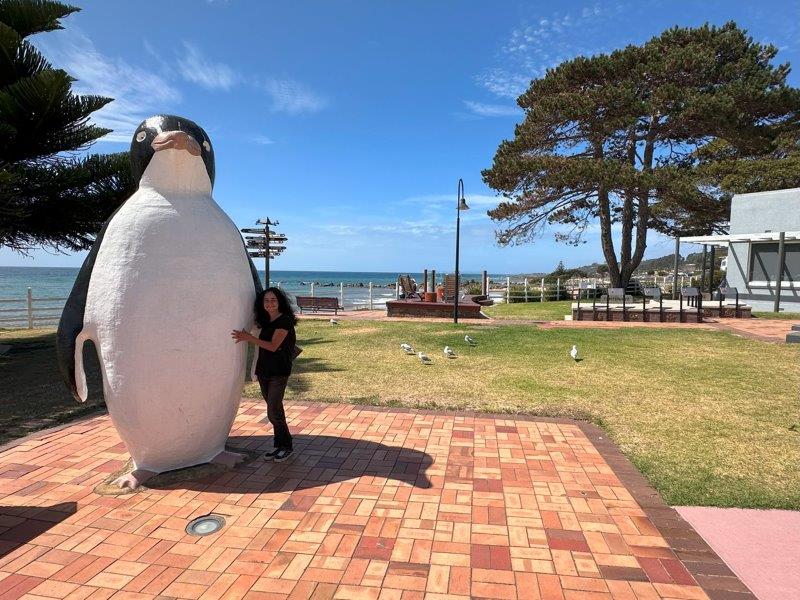
The main street is lined with Penguin bollards.

We even saw a few Penguin bins scattered around town.

The Penguin esplanade has a few pubs and seating areas with great views.

Fellow travelers suggested a visit to Reliquaire, and we were happy we did. The Reliquaire is a quirky shop in Latrobe.
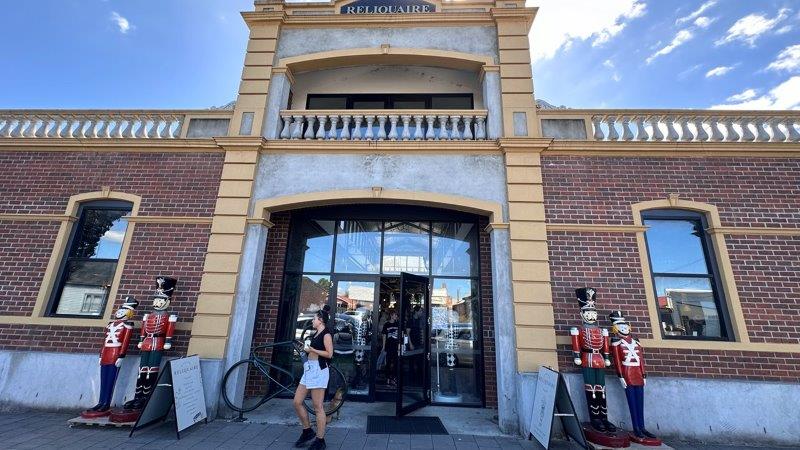
The Reliquaire is a toy and giftshop on steroids. The shop is a magical wonderland full of surprises and themed displays and rooms.

The shop even has a rabbit hole carpet and many other photo opportunities.

The last big thing in Tasmania was The Big Platypus in Latrobe.
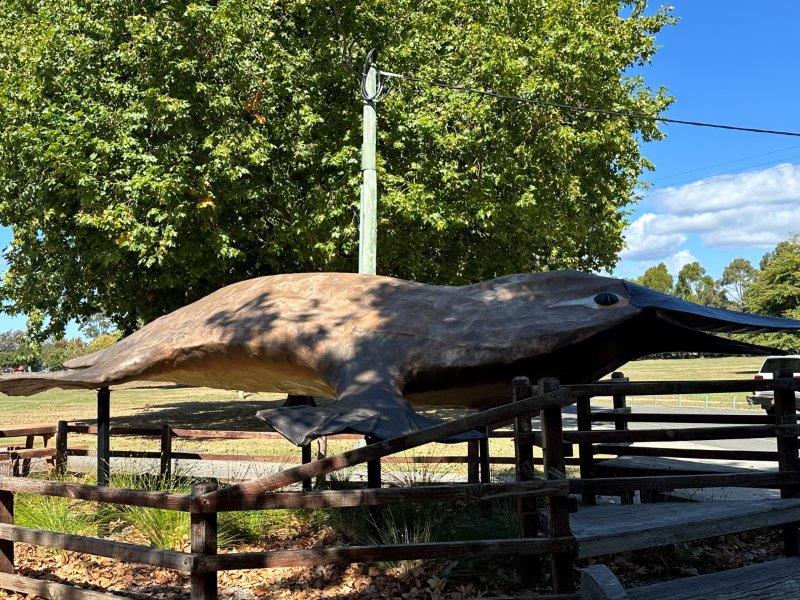
Fittingly, the Big Platypus is surrounded with walking trails linking platypus ponds.
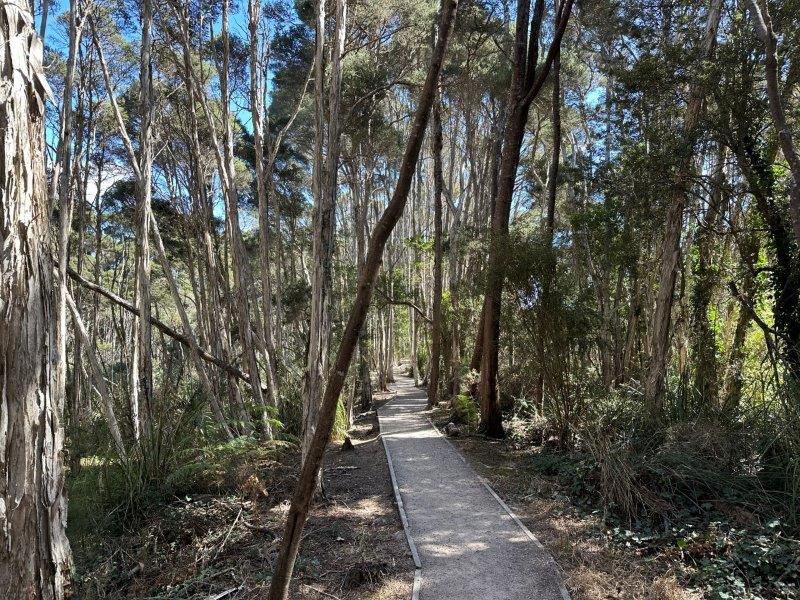
The last beach we visited in Tasmania was Turners Beach. The pebble lined beach was a great spot for a last picnic.

And just like that, it was time to board the Spirit of Tasmania to get back to mainland Australia.
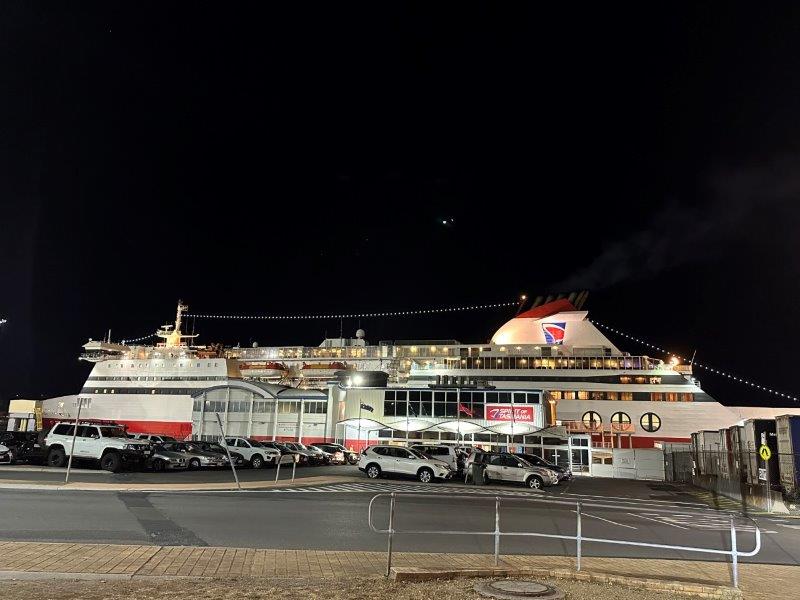
We did the night sail back to Geelong in Victoria. As the sun rose over the Bass Strait we looked back at a fantastic time in Tasmania. The only regret was that we would have loved to spend a few more months in Tassie. We have fond memories of this island boasting the oldest trees and cleanest air in the world.


